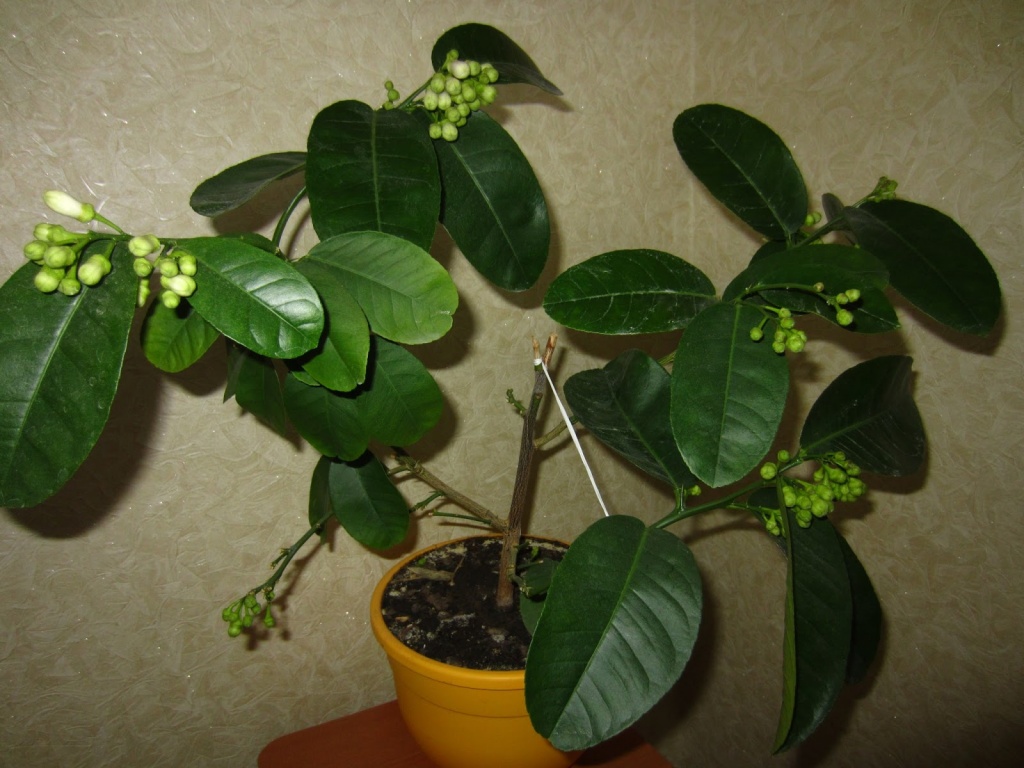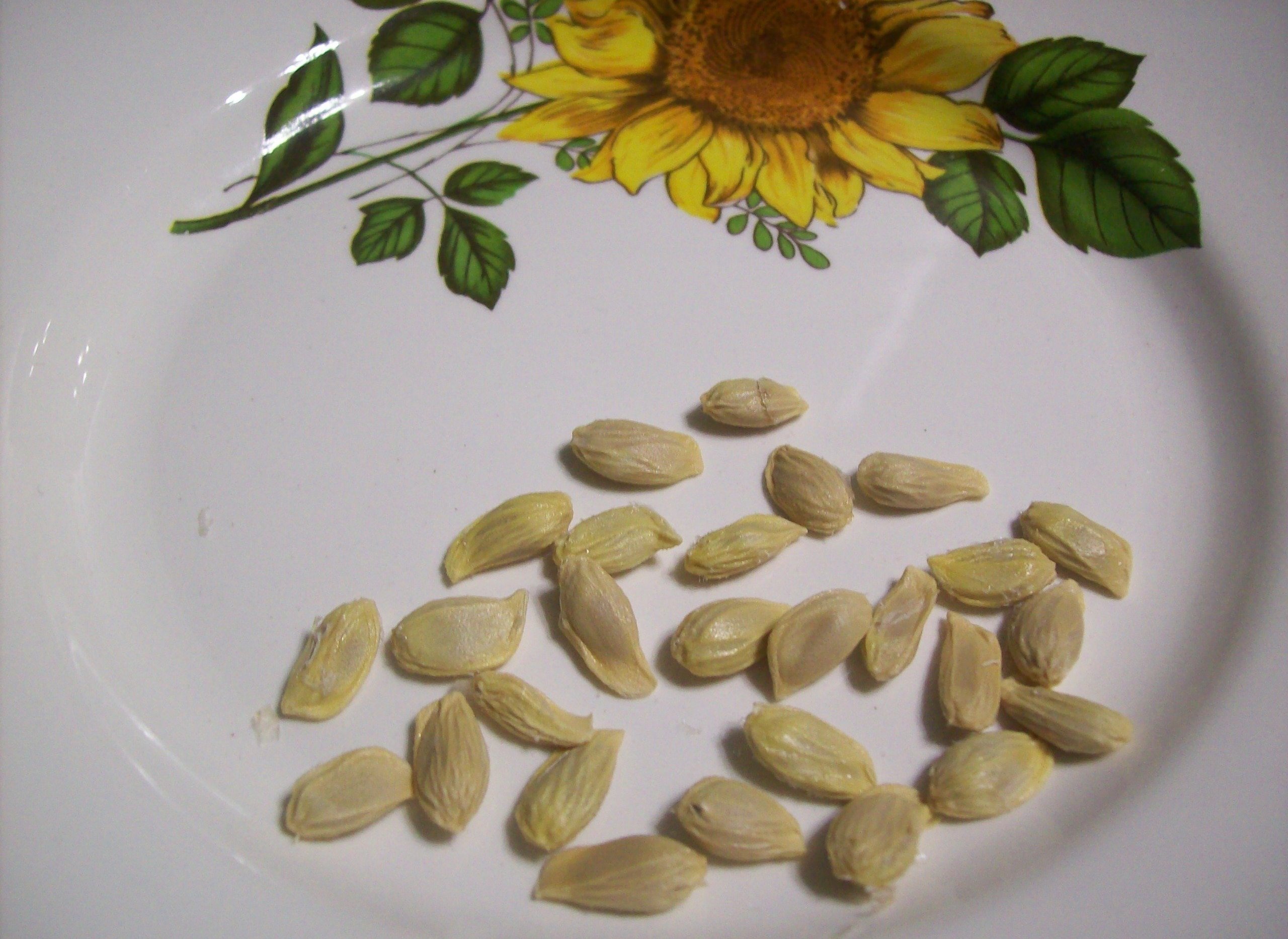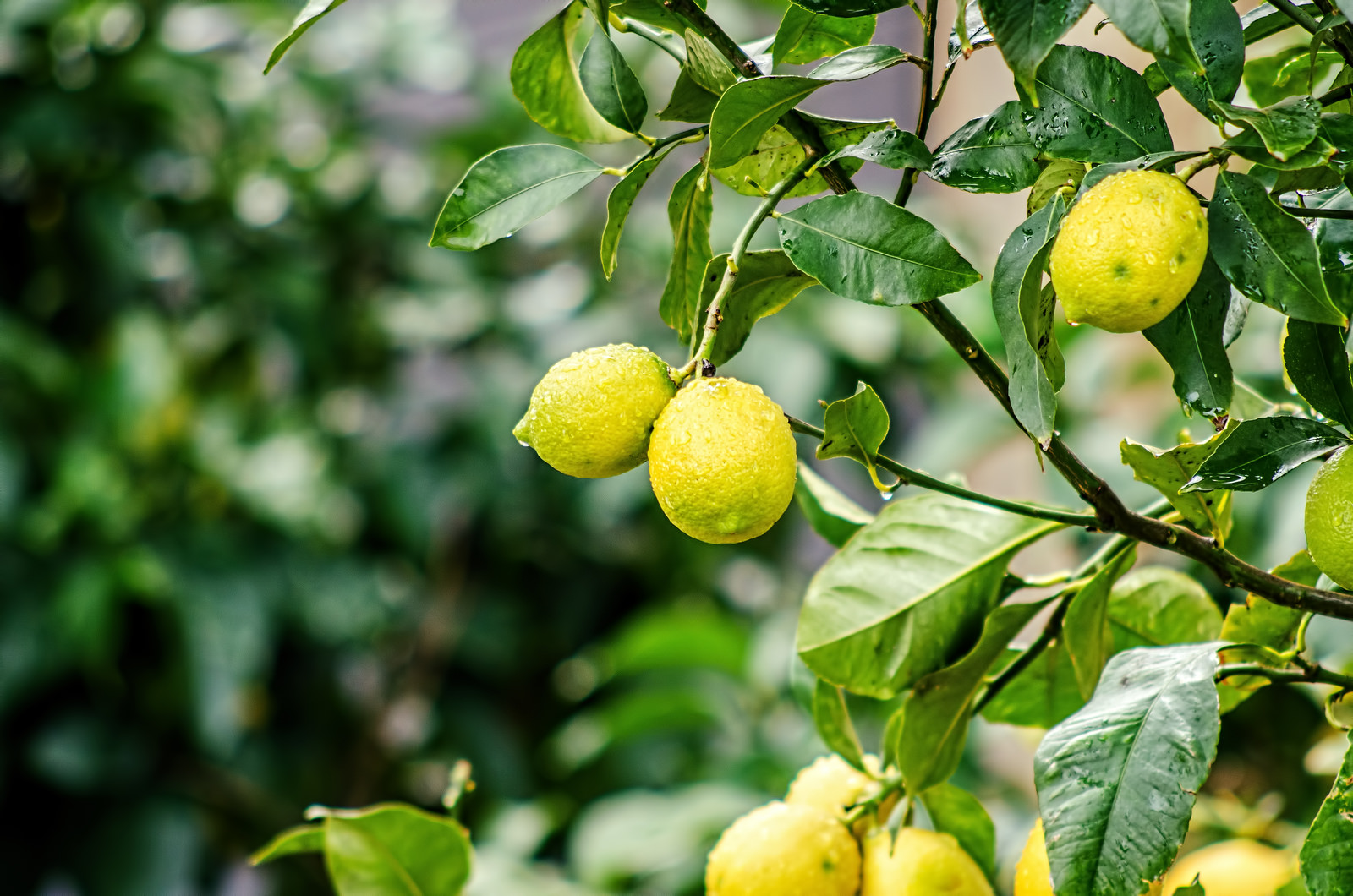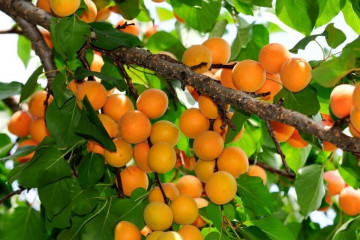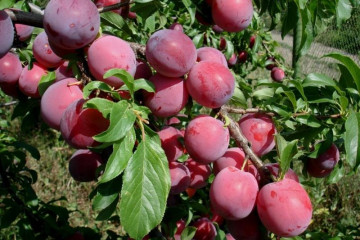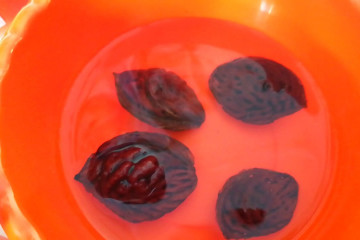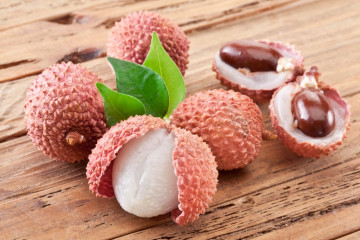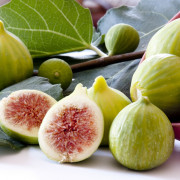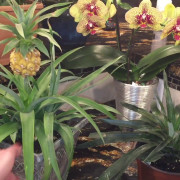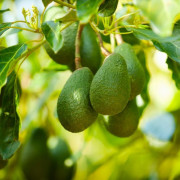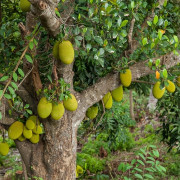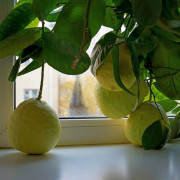How to grow a lemon from a seed at home
Content:
The lemon tree is capable not only of decorating and complementing any interior, but it can also regularly bear vitamin fruits. But not every grower has the opportunity to purchase an already adult plant, and its adaptation at home is not always successful. However, you can get lemon from the seed. This process is lengthy, but entertaining. Before proceeding with the procedure, you should familiarize yourself with how to grow a lemon from a seed at home and what is required for this.
Will seed-grown lemon bear fruit
The homeland of this culture is subtropical forests. In its natural environment, a lemon grown from a stone begins to bear fruit in 4-5 years from the moment of planting. But when grown in a house, the plant begins to bloom and form fruits no earlier than 10 years later.
The advantages of this plant are that in the process of long-term growth, it gets used to the growing conditions, therefore it is characterized by increased endurance and does not require complex care.
Varieties suitable for successful cultivation
There are many varieties of lemon. But thanks to the selection carried out, species were obtained that are characterized by a compact size. They can be easily grown in a house or apartment, and get a good harvest of vitamin fruits annually. They are suitable for planting with seeds, as well as grafting onto wild-growing seedlings.
The most suitable varieties of lemon for indoor cultivation:
- Pavlovsky. The height of the tree reaches 2-2.5 m. It forms fruits weighing up to 500 g with a thin skin and a sweetish aromatic taste. Pavlovsky is considered one of the best indoor views.
- Meyer. A hybrid form of culture, obtained by crossing with a grapefruit. Plant height reaches 0.5 m. It is characterized by abundant productivity. The plant blooms in bunches. The average fruit weight is 150 g. Lemon has a pronounced rest period.
- Anniversary. A high-yielding variety that does not require difficult maintenance. Plant height reaches 1-1.5 m. Fruits are large with thick skin. The variety is easily adaptable to home conditions.
- Genoa. With proper care, this variety begins to bear fruit for 4-5 years. Forms many fruits that have a delicate juicy pulp, sweetish taste and rich aroma.
Preparation and landing rules
For the successful cultivation of lemon from seed at home, you must first prepare containers, the necessary substrate and select high-quality planting material. If all conditions are combined, the result will be positive. Therefore, you should study in advance all the features of this procedure.
How to prepare a bone for planting
For planting, you should purchase ripe lemon fruits without signs of mechanical damage and disease. Then they should be cut and all the seeds taken out. Among them it is necessary to select the largest ones.
Before planting, lemon seeds should be soaked in a sodium humate solution for 8-10 hours. This stimulates the full development of the root system. Also, you should additionally soak the seeds in water with the addition of Epin at the rate of 1 drop of the drug per 200 g of liquid. Such treatment increases the resistance of future seedlings to adverse external factors.
Choice of capacity
For planting lemon seeds, you need to pick up wide containers with a height of 10 cm. They must be equipped with drainage holes to remove excess water. Plastic containers work best.
Soil acidity for citrus fruits
For the full germination of lemon seeds, it is necessary that the soil is not only nutritious, but has neutral acidity in the range of 6.5-7.0 pH. A suitable substrate can be obtained from your specialist dealer. But you can also cook it yourself.
Options for a suitable soil mixture for growing lemon seed:
- Combine humus, leafy and sod land in equal proportions. Add river sand to the mixture, its mass fraction should be within 10%. Additionally, add 40 g of superphosphate and mix everything thoroughly.
- Combine sod soil, peat, sand and humus in a ratio of 2: 1: 1: 1. In addition to these components, additional fertilizers do not need to be added to the soil mixture.
After preparing the substrate, it is necessary to check it for compliance with the acidity level. Currant leaves will help with this. They need to be folded into a jar and filled with boiling water. When the infusion cools down, you need to lower a lump of earth into it. If the liquid becomes reddish, then the acidity is increased. In this case, add 100 g of wood ash to the soil and re-check.
Planting lemon seeds
How to plant a lemon? A few days before the procedure, it is necessary to water the prepared substrate with a saturated solution of potassium permanganate, which will allow it to be disinfected. Then it must be slightly dried until the characteristic flowability appears. This allows you to grow lemon seedlings without fear of damage by fungal waterlogging at an early stage of development.
Step-by-step algorithm on how to plant lemon seeds:
- Place a 1 cm layer of drainage on the bottom of the container.
- Fill the rest of the volume to the top with the substrate.
- Water it and wait for the moisture to absorb.
- Flatten the surface.
- Spread the seeds at a distance of 1-2 cm from each other.
- Deepen them by 1 cm, sprinkle with earth.
Cover the container with glass or foil and put in a shaded place with a temperature of +22 degrees for germination.
Temperature and lighting
Knowing how to properly plant a lemon from a seed at home, you need to familiarize yourself with the rules for caring for seedlings in the future.
After the amicable sprouting of lemon seeds, it is necessary to rearrange the container on a well-lit windowsill. For this culture, an east or west window with a slight shade from direct sunlight at noon is optimal.
To prevent the seedlings from stretching, it is necessary to provide twelve hours of daylight. Therefore, in the evening, lamps should be additionally turned on.
The temperature in the first week after germination should be lowered to +16 degrees, which stimulates the development of the root system.After 10 days, the regime should be increased to + 18 ... + 20 degrees and kept at this level throughout the growing season.
Transplanting a lemon tree seedling
When the plants noticeably grow and get stronger, they need to be planted in separate pots. It is best to do this in the spring, since during this period growth processes are intensified, and the seedlings will easily tolerate this procedure.
Seedlings should be watered within 2 days, which minimizes the likelihood of damage to the root system.
For transplanting, it is advisable to pick up containers with a diameter of 8-9 cm. Place drainage at the bottom, and fill the rest of the space with a nutrient substrate. You can use a soil similar in composition, in which it was possible to germinate lemon seeds.
Each seedling should be carefully removed along with a lump of earth and planted in a hole in the center of the pot, without deepening the root collar. At the end, the plants should be watered and rearranged in a slightly shaded place for 2-3 days to adapt.
What water is used for watering lemon
In the future, you need to properly care for young lemons. Plants should be watered as the top layer dries. For this, it is advisable to use settled water at room temperature. Moisturize during hot periods 2 times a week, and the rest of the time - 1 time in 7 days.
Top dressing
For the full development of the lemon tree in the room, and stable fruiting, it is necessary to regularly feed. Fertilizers should be used special designed for this crop. You can find them at gardening stores.
During periods of active growth of foliage and shoots, fertilizing with a high nitrogen content should be used, and during flowering and fruiting - phosphorus and potassium. The frequency of fertilization from February to the end of September is once every 2 weeks, and in winter - once a month.
Caring for garden plants: basic rules
In the conditions of the Russian climate, only Chinese lemongrass, which is a healthy plant, can be grown outdoors. But this culture is not related to citrus.
Pitted lemons can only be kept outdoors during the warm season. They should be placed in areas with light shade from direct sunlight. It is advisable to water the plants regularly, with water at a temperature of +20 degrees. Moisturize in the summer 2-3 times a week, as the earthen coma in the pot dries out.
In especially dry periods, it is necessary to additionally spray the crown. Plant feeding should be carried out according to the standard scheme.
Houseplant pests and diseases
Inappropriate growing conditions and improper care can weaken the plant's immunity.
Possible problems:
- Anthracnose. It appears as dark brown spots on the leaves. The disease causes premature leaf fall and drying of the shoots.
- Root rot. The underground part of the plant ceases to function. Against this background, leaves and shoots lose their turgor.
- Gommoz. The disease causes the stem of the lemon to dry out. This usually occurs with hypothermia.
- Shield. The pest feeds on plant sap. You can find it on the trunk and on the back of the leaves.
- Spider mite. This harmful insect is difficult to see with the naked eye due to its small size. In case of damage, small yellow dots appear along the edge of the leaf plates, and a thin cobweb can be found on the tops of the shoots.
To fight diseases, it is necessary to spray the plant with such fungicides as Topaz, Fitosporin. And with root rot, you can save a lemon only at the initial stage. To do this, it must be transplanted and watered with a solution of the drug "Maxim". If pests appear, Fitoverm should be used.
Growing a lemon from a seed is not difficult. The main thing is to provide the plant with conditions of detention, taking into account its basic requirements. And, despite the fact that the seedling will begin to bear fruit only after a long time, it may well become one of the decorative elements.

